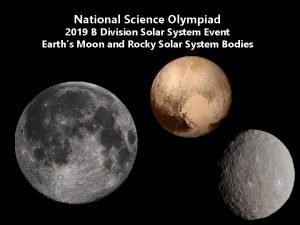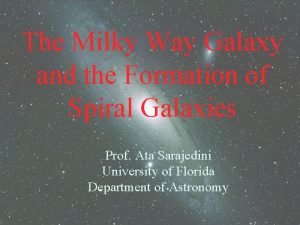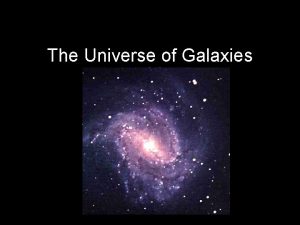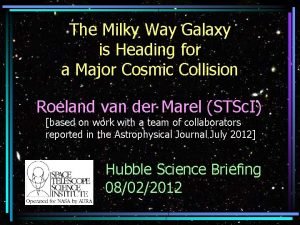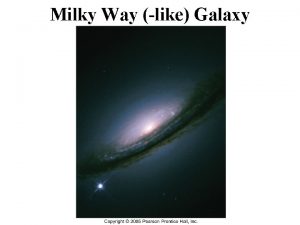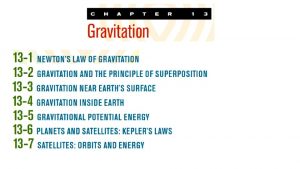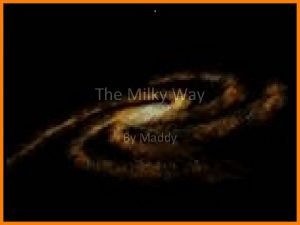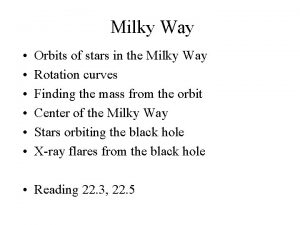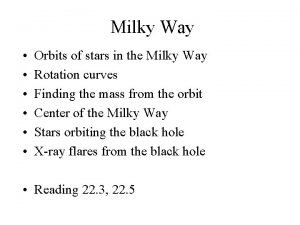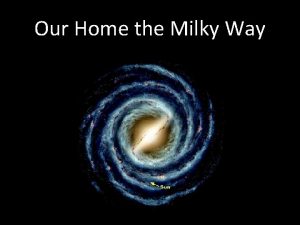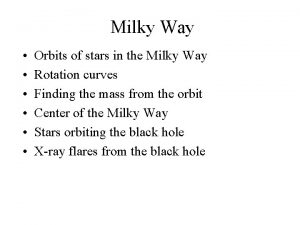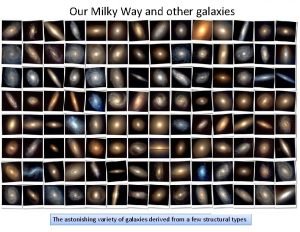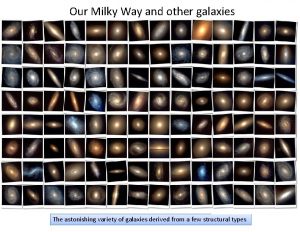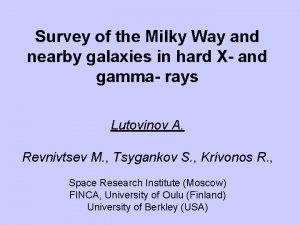Thick disks in galaxies Milky Way Gilmore and





![[alpha/Fe] Significance of [alpha/Fe] Venn et al 04 Halo stars tend to have high [alpha/Fe] Significance of [alpha/Fe] Venn et al 04 Halo stars tend to have high](https://slidetodoc.com/presentation_image_h/d083e9fe31dae1a0963ffb24f012db55/image-6.jpg)










- Slides: 16

Thick disks in galaxies Milky Way: Gilmore and Reid 1983 External galaxies: NGC 4565, van der Kruit and Searle 1981

Oldest disk stars (~10 Gyr) in Milky Way’s thick disk Thick disk: hz=1 kpc Thin disk: nhz=. 3 kpc

Milky Way thick disk stars • Scale height 1 kpc • Scale length ~2 kpc • Kinematically hotter than thin disk: asymmetric drift ~ 30 km/s; sigma_U, V, W~(60, 40) • Old , slightly metal poor stars: Edvardsson et al (1993) • Total luminosity about 10% of thin disk’s

Ages of individual stars: still controversial, but Casagrande et al 2011

Chemical differences between thick and thin disk n “Alpha” elements include Ca, Mg, Ti, Si n Preferentially formed when massive stars go supernova (Type II SNe) …. . so stars formed in an early, quick phase of star formation will be enriched in these elements (high [alpha/Fe]) n Heavier Fe-peak elements formed more efficiently in Type Ia SNe …. . need to take the time to form a white dwarf (~1 Gyr) n Stars formed by star formation over many Gyr will have more Fe relative to alpha elements (low [alpha/Fe])
![alphaFe Significance of alphaFe Venn et al 04 Halo stars tend to have high [alpha/Fe] Significance of [alpha/Fe] Venn et al 04 Halo stars tend to have high](https://slidetodoc.com/presentation_image_h/d083e9fe31dae1a0963ffb24f012db55/image-6.jpg)
[alpha/Fe] Significance of [alpha/Fe] Venn et al 04 Halo stars tend to have high [alpha/Fe] …. early rapid burst of star formation (d. Sph stars have lower [alpha/Fe] …. longer duration of star formation) Thin disk stars like the Sun have low [alpha/Fe] … many generations of enrichment over many Gyr Thick disk stars near the Sun have high [alpha/Fe] …. clues to origin

Formation theories abound (1) Accretion of small satellite which heats existing thin disk and leaves its stars in disk as it disrupts (Quinn and Goodman 1986, Villalobos and Helmi 2008, Kazantzidis + 2008) High [alpha/Fe] in early thin disk and in accreted satellite Kazantzidis et al 2008



Walker, Mihos and Hernquist 1996

Movies of satellite accretion from Chris Mihos

Satellite:

Disk:

Formation theories abound (2) Gas-rich mergers common in early universe; turbulent ISM then can form thick disk before thin disk forms (Brook+ 04, 05, 07, Springel and Hernquist 05, Robertson+ 06, Bournaud+ 09) High [alpha/Fe] because of rapid early star formation Hard to test this until we have better highredshift observations of disks


Thick disk summary Surprisingly, two possible formation scenarios are currently in play, 30 years after discovery (2) Thick disk formed early out of more turbulent ISM (1) An LMC-sized satellite collided with the Milky Way disk about 10 Gyr ago and heated the disk Q: explain how each theory gives a larger scale height and a smaller scale length for the thick disk wrt the thin disk
 Milky way description
Milky way description Where is the solar system located in the milky way
Where is the solar system located in the milky way Democritus milky way
Democritus milky way Solar system science olympiad
Solar system science olympiad Canis major overdensity
Canis major overdensity Dung beetle milky way
Dung beetle milky way What is the name
What is the name The milky way
The milky way Milky way galaxy sketch
Milky way galaxy sketch My fonterra milky way
My fonterra milky way Critical density
Critical density Gilmore and bell
Gilmore and bell Brianna gilmore
Brianna gilmore Where is the focal point in a triangular arrangement
Where is the focal point in a triangular arrangement Lorna simpson
Lorna simpson Kate gilmore
Kate gilmore Gilmore gu
Gilmore gu



